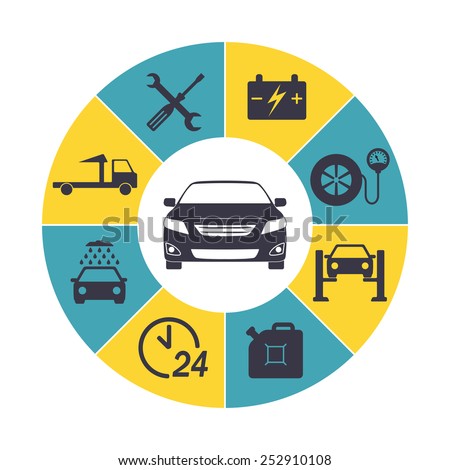Recognizing Brake Equipments: Usual Issues And Exactly How To Fix Them
Recognizing Brake Equipments: Usual Issues And Exactly How To Fix Them
Blog Article
Material Author-McGrath Reynolds
When it comes to your automobile's brake system, recognizing typical issues can conserve you from prospective safety and security risks. From recognizing brake pad wear to resolving brake liquid leaks, knowing just how to take on these issues is necessary. But what about those mushy brake pedals? There's a solution for that also. Remain tuned for https://remappingnearme72840.sharebyblog.com/29839628/seeking-to-take-care-of-fundamental-automobile-fixings-like-a-skilled-specialist-learn-the-five-secret-tools-that-can-substantially-influence-your-vehicle-undertakings about these concerns and the functional options that can maintain you securely when driving.
Brake Pad Put On and Substitute
When it involves keeping your vehicle's brake system, one crucial element to watch on is the wear and replacement of brake pads. Brake pads are crucial elements that press against the brake blades to decrease or stop your vehicle. Over time, these pads wear down because of friction, needing routine examination and replacement to guarantee your brakes function successfully.
To identify if your brake pads require substitute, pay attention for screeching or grinding noises when you use the brakes. In addition, if your vehicle takes longer to stop or you see vibrations or pulsations when braking, it might be time to replace the brake pads.
Ignoring used brake pads can result in decreased stopping efficiency, damages to various other brake elements, or even brake failing.
Changing brake pads is a relatively uncomplicated process for many cars. Nevertheless, if you're not sure or awkward executing this task, it's best to seek advice from an expert mechanic to ensure appropriate setup and ideal brake performance.
Frequently examining and replacing brake pads is essential for your safety and the durability of your lorry's braking system.
Brake Liquid Leaks and Upkeep
To guarantee your car's brake system operates efficiently, it is very important to likewise take note of brake fluid leaks and maintenance. Brake liquid is vital for transmitting the force from your foot on the brake pedal to the real stopping system. One typical concern with brake liquid is leakages, which can take place due to scrubby brake lines, seals, or connections. If you observe a puddle or drips under your auto, it's vital to address the leak quickly to avoid a prospective brake failure.
Routinely inspecting your brake fluid degree is vital to keeping your brake system. Reduced brake liquid can result in air getting in the brake lines, which jeopardizes braking performance.
Additionally, visit my webpage or infected brake liquid can impact the total effectiveness of your brakes. It's suggested to comply with the producer's standards on when to alter the brake fluid, generally every 2 years.
Spongy Brake Pedal: Blood Loss Brakes
If you've ever experienced a squishy brake pedal while driving, you comprehend the significance of maintaining a company and receptive stopping system. One typical cause of a spongy brake pedal is air trapped in the brake lines. When air goes into the brake system, it can bring about a loss of hydraulic stress, resulting in that distressing squishy sensation when you press the brake pedal.
To settle this issue, hemorrhaging the brakes is necessary. Bleeding the brakes entails getting rid of the air from the brake lines to recover appropriate hydraulic stress.
To hemorrhage the brakes, you'll require an assistant to help you. Begin by finding the brake bleeder valve on each wheel, usually located near the brake caliper. With a wrench, loosen the shutoff and have your assistant press the brake pedal while you observe any type of air bubbles coming out. Repeat this process for each and every wheel, beginning with the wheel farthest from the master cylinder and relocating more detailed.
As soon as you no longer see air bubbles and just clear fluid emerges, tighten up the valve and top up the brake liquid reservoir as required. Hemorrhaging the brakes aids make certain a firm brake pedal and improves general braking efficiency.
Final thought
Now that you comprehend typical brake issues and how to fix them, you can ensure your car's security and performance. Remember to listen for warning signs like screeching sounds or squishy brake pedals, and address them quickly. Routine maintenance and timely substitutes are vital to maintaining your brakes in leading problem. Stay proactive and conscientious to your brake system to delight in secure and reliable driving experiences.
